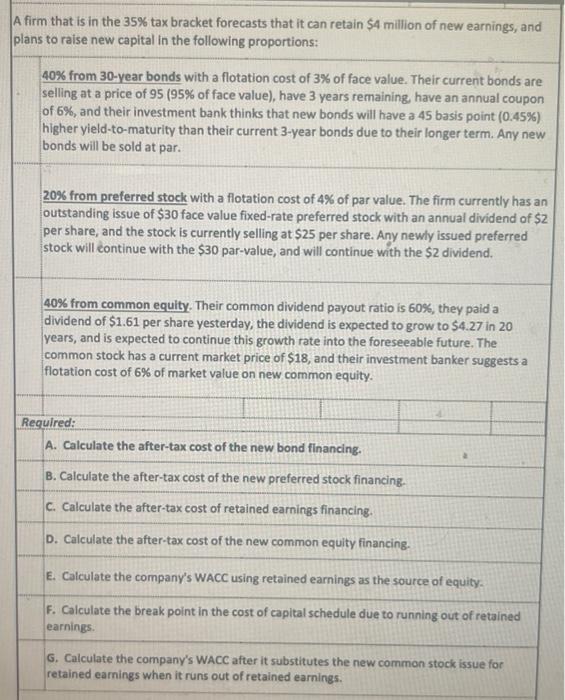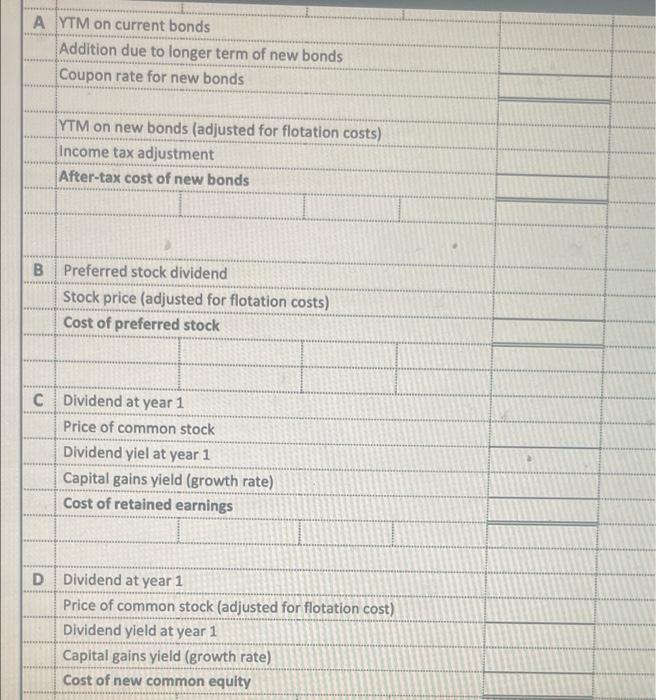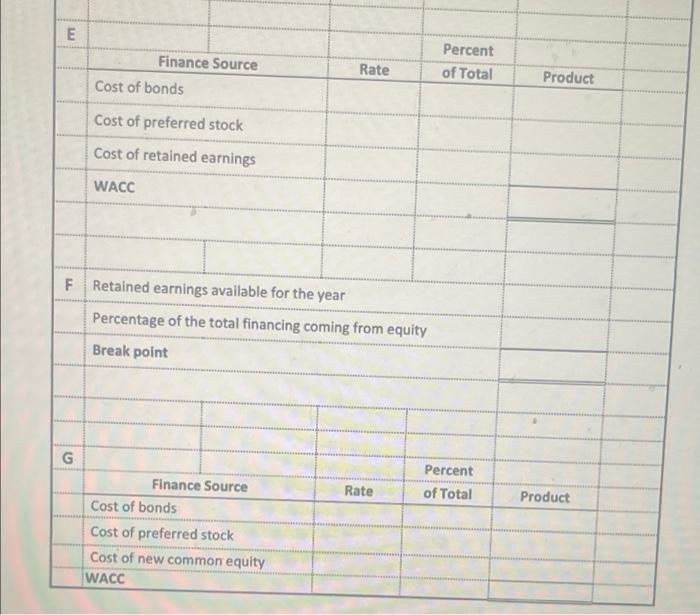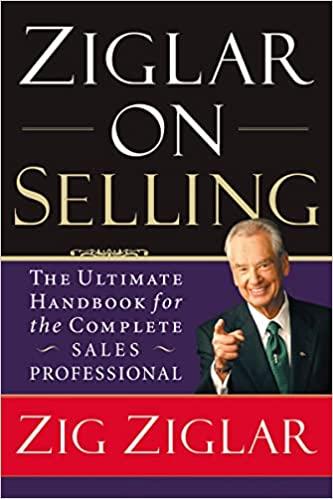A firm that is in the 35% tax bracket forecasts that it can retain $4 million of new earnings, and plans to raise new capital in the following proportions: 40% from 30-year bonds with a flotation cost of 3% of face value. Their current bonds are selling at a price of 95 (95% of face value), have 3 years remaining, have an annual coupon of 6%, and their investment bank thinks that new bonds will have a 45 basis point (0.45%) higher yield-to-maturity than their current 3-year bonds due to their longer term. Any new bonds will be sold at par. 20% from preferred stock with a flotation cost of 4% of par value. The firm currently has an outstanding issue of $30 face value fixed-rate preferred stock with an annual dividend of $2 per share, and the stock is currently selling at $25 per share. Any newly issued preferred stock will continue with the $30 par-value, and will continue with the $2 dividend. 40% from common equity. Their common dividend payout ratio is 60%, they paid a dividend of $1.61 per share yesterday, the dividend is expected to grow to $4.27 in 20 years, and is expected to continue this growth rate into the foreseeable future. The common stock has a current market price of $18, and their investment banker suggests a flotation cost of 6% of market value on new common equity. Required: A. Calculate the after-tax cost of the new bond financing. B. Calculate the after-tax cost of the new preferred stock financing. C. Calculate the after-tax cost of retained earnings financing. D. Calculate the after-tax cost of the new common equity financing. E. Calculate the company's WACC using retained earnings as the source of equity. F. Calculate the break point in the cost of capital schedule due to running out of retained earnings. G. Calculate the company's WACC after it substitutes the new common stock issue for retained earnings when it runs out of retained earnings. AYTM on current bonds Addition due to longer term of new bonds Coupon rate for new bonds B YTM on new bonds (adjusted for flotation costs) Income tax adjustment After-tax cost of new bonds D Preferred stock dividend Stock price (adjusted for flotation costs) Cost of preferred stock C Dividend at year 1 Price of common stock Dividend yiel at year 1 Capital gains yield (growth rate) Cost of retained earnings Dividend at year 1 Price of common stock (adjusted for flotation cost) Dividend yield at year 1 Capital gains yield (growth rate) Cost of new common equity E LL F G Finance Source Cost of bonds Cost of preferred stock Cost of retained earnings WACC Retained earnings available for the year Percentage of the total financing coming from equity Break point Finance Source Rate Cost of bonds Cost of preferred stock Cost of new common equity WACC Rate Percent of Total Percent of Total Product Product









